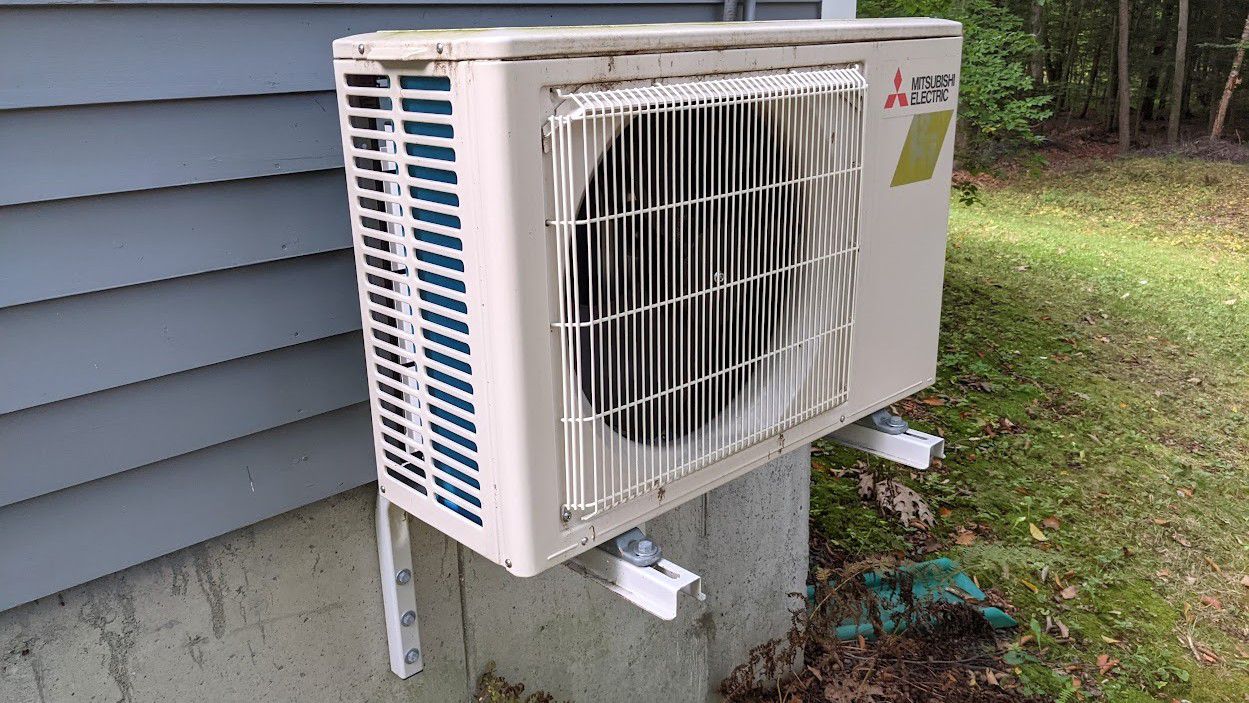The pros and cons, estimating the costs of heat pumps
The Climate Leadership and Community Protection Act (CLCPA) requires New York State to reduce greenhouse gas emissions by 85% by 2050. To do this, New Yorkers are going to have to make some changes. These changes are currently being mapped out in the draft framework published by the Climate Action Council.
Buildings are the state’s largest greenhouse gas emitters; the draft plan is optimistic that decarbonizing the state’s housing stock will generate both job growth and economic opportunity.
While the goal is to address new construction and renovations for all buildings, from single-family homes to commercial and institutional buildings, the draft plan recognizes that attention must be paid to both equity and sustainability. affordability.
The plan recommends controlling costs by “targeting natural investment points in a building’s life cycle (eg construction, equipment renewal, sale/lease)”; upgrading end-of-life equipment; and create business incentives and strategic subsidies.
Some of these incentives and grants would go towards energy efficiency and capital improvements, two benefits that can be found with heat pumps.
But there have been questions regarding the efficiency of heat pumps in cold weather, as well as the cost of installing the heat pump.
Roger Caiazza is a retired air pollution meteorologist and author of Pragmatic ecologist from New York.
“There are two types of heat pumps. There’s the air-source heat pump that extracts energy from the atmosphere, so it’s relatively easy to install and cheap,” Caiazza explained. “And a geothermal heat pump that requires you to install an underground heat exchange loop, which is more complicated, but a better option because there’s still heat in the ground.”
Any concerns about the operation of heat pumps in upstate New York during winter have to do with air-source heat pumps. To solve this problem, the framing plan recommends an additional resistance heating unit, as well as a possible investment in the “shell” of your house.
The draft scoping plan outlines two sets of building envelope improvements: basic and deep. A deep hull is more expensive. But according to Caiazza, if you invest in a deep hull, you can effectively use an air source heat pump all year round.
“Yes, you can get away with it and you won’t need the backup heat from the electric heater,” Caiazza said.
Geothermal heat pumps are more efficient in cold weather than air-source heat pumps, but they are also more expensive. For example, based on unit cost estimates from the scoping plan project, an air-source heat pump will cost approximately $14,678, plus an additional $1,140 for the backup electrical heater.
Installing a geothermal heat pump is much more complicated and could cost the homeowner $34,082, according to Caiazza.
If you invest in a basic shell to insulate your home, the cost would be $6409. The cost of a deep hull would be over $45,136.
According to Caiazza, the price range for the heat pumps, installation and backup heating could be between $22,227 and $79,218, using the framing plan estimates.
Documentation of Caiazza’s assumptions can be found here.
The good news? There are grants and tax credits that will be available to you when you need to invest.
“Absolutely, NYSERDA (New York State Energy Research and Development Authority) has all kinds of programs, and I believe there are federal programs for heat pumps as well,” Caiazza said.
The public is being invited to weigh in on the draft scoping plan at hearings now taking place in the state. Click here for more details.
The draft CAC framework plan is online here. You will find the section dealing with energy efficiency and housing on page 28.


Comments are closed.